October 29, 2024
Why does colour psychology make so much difference to us?
 In 2013, two Australian academics set out to discover the answer to a deceptively simple question. Why is there such a thing as colour psychology, but not shape, line or texture psychology? The answers they come up with are complex, arcane and wide-ranging but they manage to sum them up to some extent in the conclusion to the paper they published. “No other visual attribute shares such diverse representations”, they wrote. “Study into shape, line, and texture hardly competes. For this reason, there are no proportion-shape-line-texture prediction agencies, and chromotherapy is not challenged by proportion-shape-line-texture therapies. Colour remains special and, given its rich and complex heritage, is likely to remain so.” (more…)
In 2013, two Australian academics set out to discover the answer to a deceptively simple question. Why is there such a thing as colour psychology, but not shape, line or texture psychology? The answers they come up with are complex, arcane and wide-ranging but they manage to sum them up to some extent in the conclusion to the paper they published. “No other visual attribute shares such diverse representations”, they wrote. “Study into shape, line, and texture hardly competes. For this reason, there are no proportion-shape-line-texture prediction agencies, and chromotherapy is not challenged by proportion-shape-line-texture therapies. Colour remains special and, given its rich and complex heritage, is likely to remain so.” (more…)







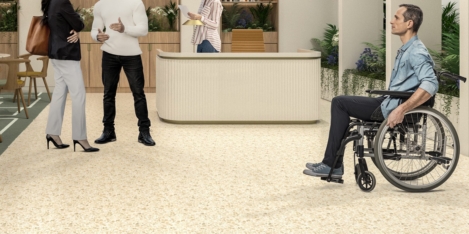
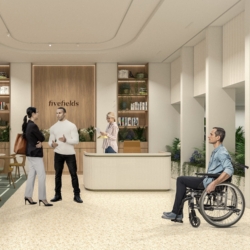


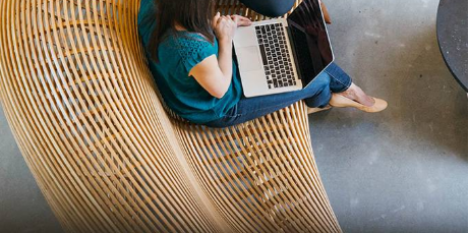
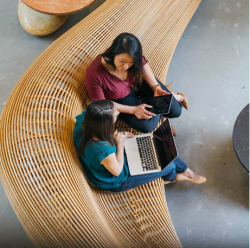






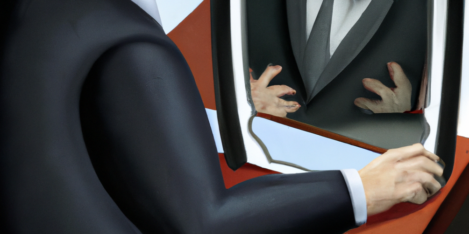













November 5, 2024
Where are the iconic office furniture products of yesterday?
by Mark Eltringham • Comment, Workplace design